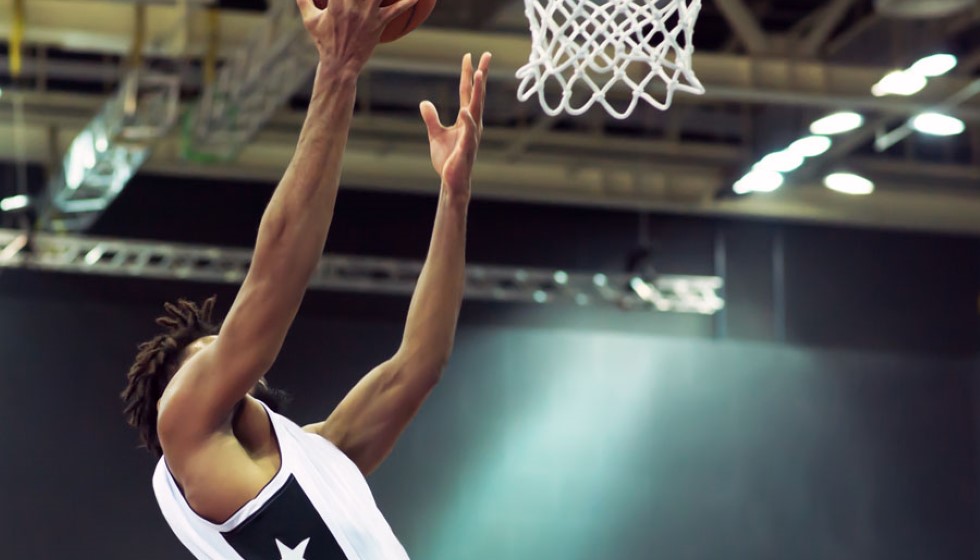
The Adaptability of the Philadelphia 76ers: Navigating Challenges Without Embiid and Drummond
In the dynamic world of NBA basketball, adaptability is often the compass that guides a team through its most challenging periods. For the Philadelphia 76ers, this season has become a testament to their ability to adjust and thrive under adversity. With marquee players like Joel Embiid and Andre Drummond currently sidelined, the 76ers have been forced to rethink their strategy, embrace unconventional lineups, and explore a centerless approach that pushes the boundaries of traditional basketball formations.
Adjustments in the Frontcourt
The absence of Embiid and Drummond, two formidable forces in the paint, elevated the necessity for innovative solutions. Stepping into the spotlight is Guerschon Yabusele, who has taken on the responsibility of starting at center for the team. Meanwhile, Adem Bona has been tasked with anchoring the second unit, ensuring that the team maintains a competitive edge even when rotations change.
However, facing the New Orleans Pelicans, the 76ers dared to take a different path by deploying a centerless formation during their 123-115 loss. This unexpected strategy highlighted the team's willingness to explore new options despite the risks involved.
Paul George's Role in the Unconventional Lineup
Part of this exploration involved integrating Paul George into the lineup. Known for his robust perimeter defense, George's skill set is a natural fit for the 76ers’ new direction. At 6-8 with a 6-11 wingspan, his physicality and agility make him well-suited for a role that demands versatility. Joining forces with players like Tyrese Maxey, Ricky Council IV, Kelly Oubre Jr., and Caleb Martin, George has been pivotal in embracing the unconventional approach initiated by Coach Nick Nurse.
Yet, for George, adapting to this role has come with its own set of challenges. "It's different. I'm used to scrapping and running around and chasing and fighting through screens,” he noted, reflecting on the demands of his new position. His affinity for matching up against wing offensive players is evident, as he candidly expressed, "I enjoy chasing the little guys and matching up against wing offensive players."
The Smaller Lineup Strategy
Coach Nick Nurse’s strategy of employing smaller lineups is not without precedent. Other teams, such as the Boston Celtics, have successfully adopted similar tactics, emphasizing speed, defensive switching, and transition play over traditional positional assignments. This strategy aligns with the evolving nature of the game, where versatility and speed frequently trump size.
Paul George revealed his personal take on this shift, "To be honest, I'm bored playing on a 5. It just don't do enough for me." His comments underline a desire for engaging defensive assignments and dynamic play, elements that smaller lineups inherently offer.
Testing the Sixers’ Adaptability
As the 76ers navigate through this period without their star center, their adaptability is under scrutiny. The use of smaller lineups and unconventional positioning tests the flexibility and depth of the team, compelling players to extend beyond their comfort zones. This challenge is an opportunity to recalibrate and develop new strategies that can be advantageous in the long term.
In conclusion, the Philadelphia 76ers’ current journey is a vivid illustration of resilience and adaptability in professional basketball. Through innovative formations and strategic experimentation, the team is not only managing to stay afloat in the absence of key players but is also laying down a blueprint for how teams can thrive amid unforeseen challenges. Coach Nick Nurse's pivot to smaller lineups may well be a harbinger of the future for teams looking to maximize their assets in an ever-evolving game.